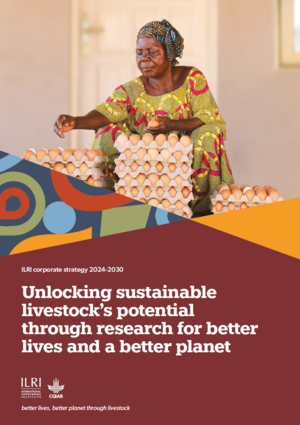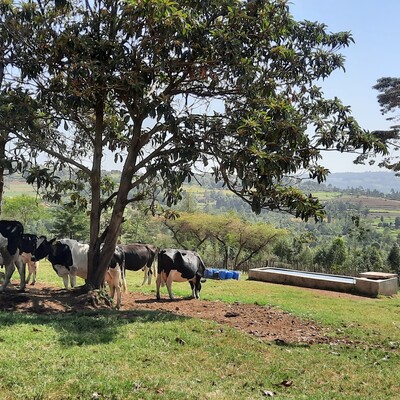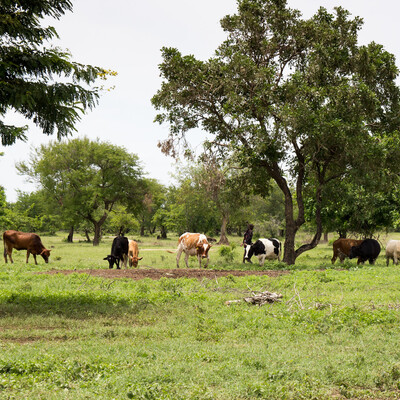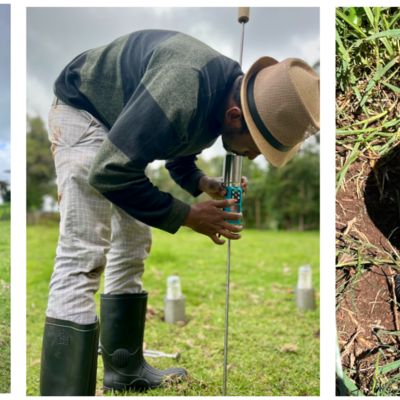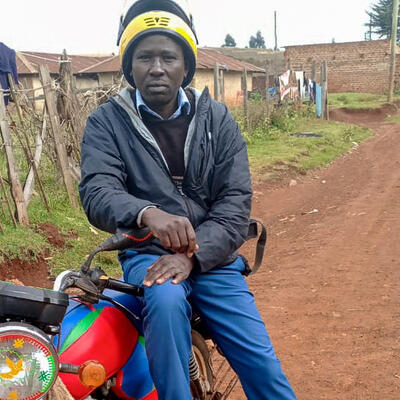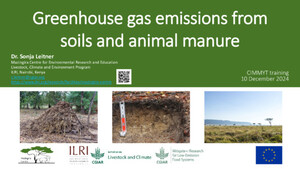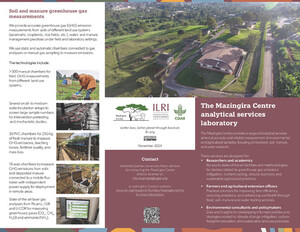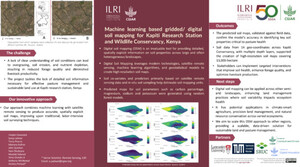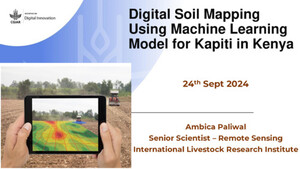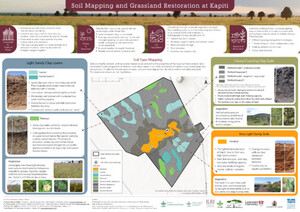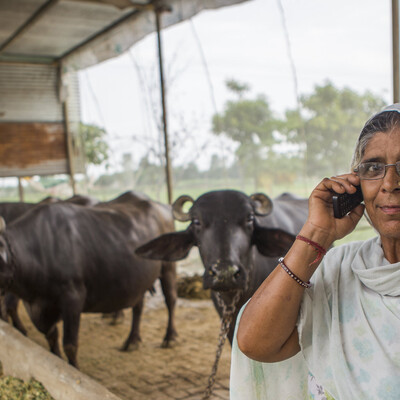
How much carbon can Kenyan grasslands store in their soils? Insights from the CarboGrass Project
In Kenya, a team of dedicated researchers is working to assess the impact of grassland management on soil health, nutrient cycling, and carbon sequestration through a study forming part of the CarboGrass Project.
The background
The CarboGrass project is investigating the health of grasslands and soils globally. Grasslands are critical for ecosystem resilience, carbon storage, and combating the climate crisis. As one of the largest ecosystems globally, grasslands also support diverse plant and animal species, sustain livestock, and provide livelihoods for millions of pastoralists and other livestock keepers.
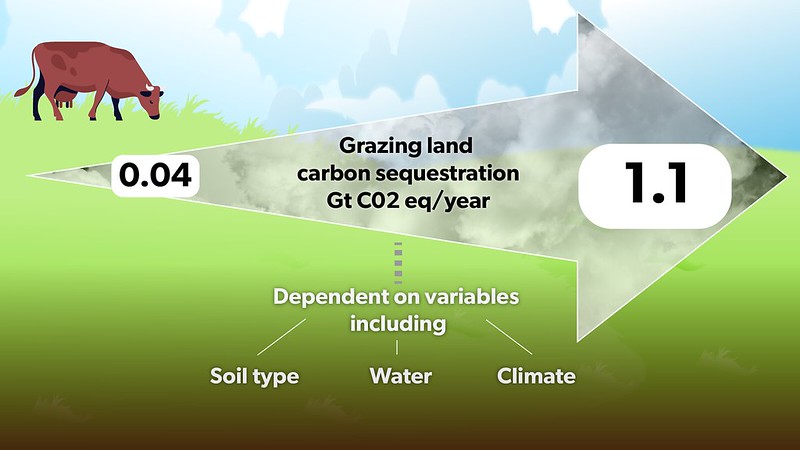
At the same time, they face growing threats from overgrazing, urbanization, invasive species, and recurring severe droughts.
When grasslands degrade, the balance tips: soil loses its ability to retain carbon, leading to high greenhouse gas emissions. Moreover, degraded soil cannot retain water well, leading to soil erosion and landslides, and making the grassland more susceptible to drought.
There is very little information on the carbon storage potential of dryland soils in African grasslands, and what role wildlife and livestock grazing play for their functioning. This limits our ability to make recommendations to livestock keepers and land managers for maintaining soil health in these semi-arid rangelands.
Filling the gap
Researchers are carefully measuring soil and vegetation characteristics in paired grassland sites inside and outside of protected areas, including the Kapiti Research Station and Wildlife Conservancy in Machakos, the Mukutan Conservancy in Laikipia, and Meru National Park in Meru, along their fence lines. The protected grasslands have wildlife grazing but no or very little livestock grazing. They represent the ‘natural baseline’, a healthy ecosystem, where the densities of grazing animals (like zebras, wildebeest, and gazelles) are controlled by predators and stay within numbers that the land can sustain.
Communal grazing lands outside the protected area can show signs of overgrazing and degradation. Samples from these areas show how soil health is being affected, and how much soil carbon is being lost. This also indicates the natural carbon sequestration potential of the soil, or in other words, how much additional carbon the degraded lands could take up if they were restored back to their natural, healthy state.
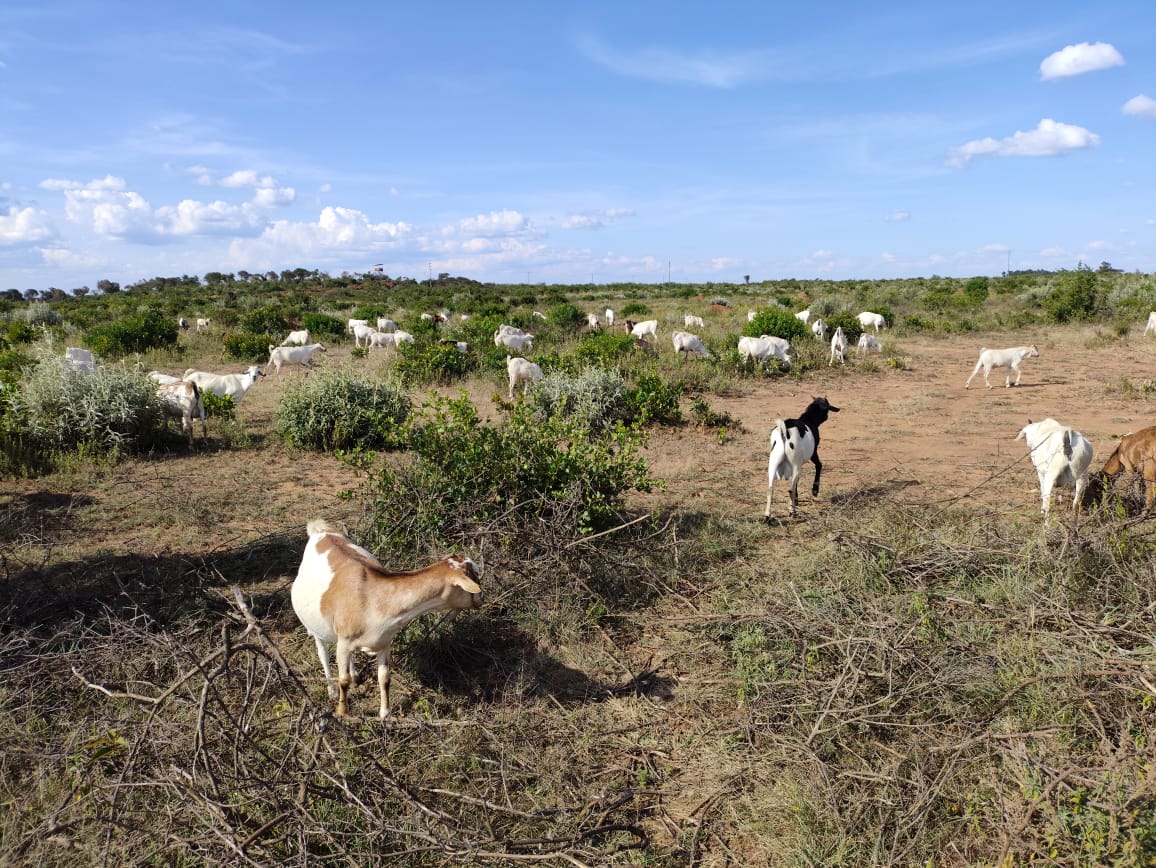
What we have done
- Soil Sampling: Researchers have dug 100 60-cm-deep soil pits and collected samples from different soil layers to analyze chemical, physical, and biological properties in the lab.
- Vegetation Monitoring: They have recorded woody and herbaceous plant species, how much of the soil they covered, and plant biomass in 1x1 m quadrats, along with measuring their nutritional quality in the lab (which tells us their feed quality for livestock and wildlife). Tree and shrub density and species were assessed at 10-meter intervals along a 50-meter transect. This is to show the influence of grazing on plant communities and vegetation health.
- Greenhouse Gas Emissions and Water Infiltration Rates: Around the soil pits, researchers measured greenhouse gas emissions and water infiltration rates. These factors are crucial indicators of soil health, helping us gauge how well the soil retains water (and so provides resilience against drought and erosion control) and regulates greenhouse gas emissions under different management practices.
- Soil Organic Carbon (SOC), Nutrients, and Microbial Processes: In the lab, researchers are now assessing how fertile soils are for plants and microbes by analyzing samples for soil carbon and nitrogen, plant-available nutrients, pH, texture (clay and sand content), and microbial nutrient cycling processes. These qualities affect ultimately how much carbon can be stored in the soil.
- Researchers are also examining the complex interplay between human intervention, natural processes, and environmental conditions by collecting environmental and management data at each site.

What's next?
These data will help model the soil carbon sequestration potential of Kenyan grassland soils, allowing researchers to simulate the effects of management practices on soil dynamics over time. This information can then be used to inform land management decisions that support soil carbon accumulation while maintaining vegetation productivity and soil health, which is ultimately needed to support livestock productivity and conserve wildlife biodiversity. Healthy soils are the foundation for healthy vegetation and climate, and with that, healthy animals and humans!
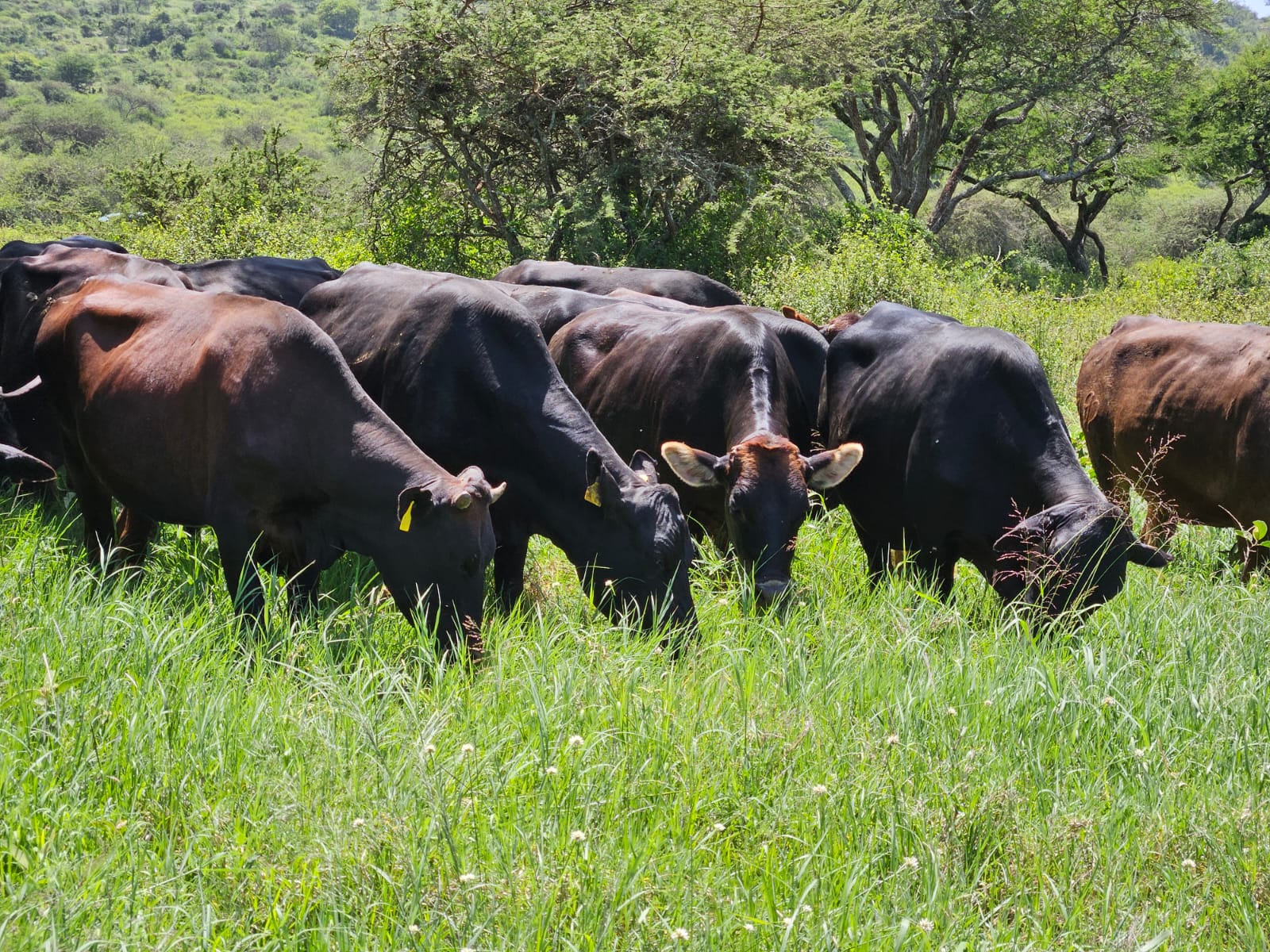
This study can foster use of grassland practices conducive to climate change mitigation and inform climate finance mechanisms such as carbon credit. Adopting sustainable approaches is crucial for the resilience of grassland ecosystems and the livelihoods of communities that depend on them.
By building on insights and using models for decision-making, Kenyan land managers and policymakers can take informed steps to harness benefits of improved soil carbon storage, food security, climate mitigation, and sustainable development.
Stay tuned for more information about the study findings once lab work and data analysis are complete.
The CarboGrass project is a collaboration between local and international partners. In Kenya, the work is led by ILRI together with Jaramogi Oginga Odinga University of Science And Technology (JOOUST) and the University of Nairobi. This study is part of the CarboGrass project that investigates the role of grassland management on soils globally, as well as the CGIAR Livestock and Climate Initiative. The authors acknowledge financial support from the CGIAR Trust Fund and the EJP SOIL program of the European Union.




